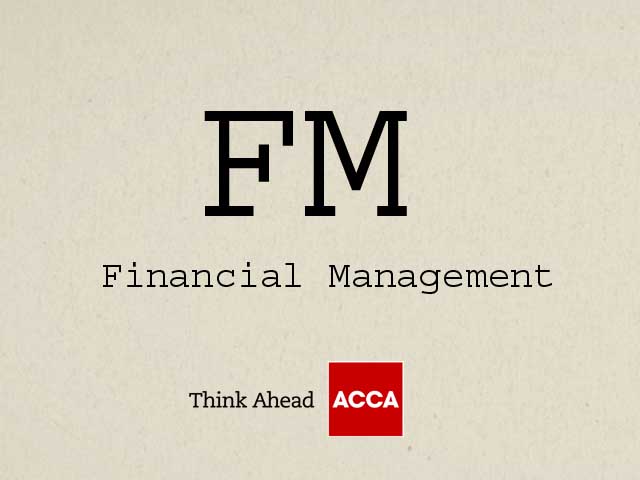Investment appraisal
Investment appraisal is a number of methods used to classify the attractiveness of an investment. Investment appraisal actually from Investment decision, Which project has to finance, the Business has to make the investment, And you have to pick up which project I best for investment Capital expenditure results in the acquisition of non-current assets or…



